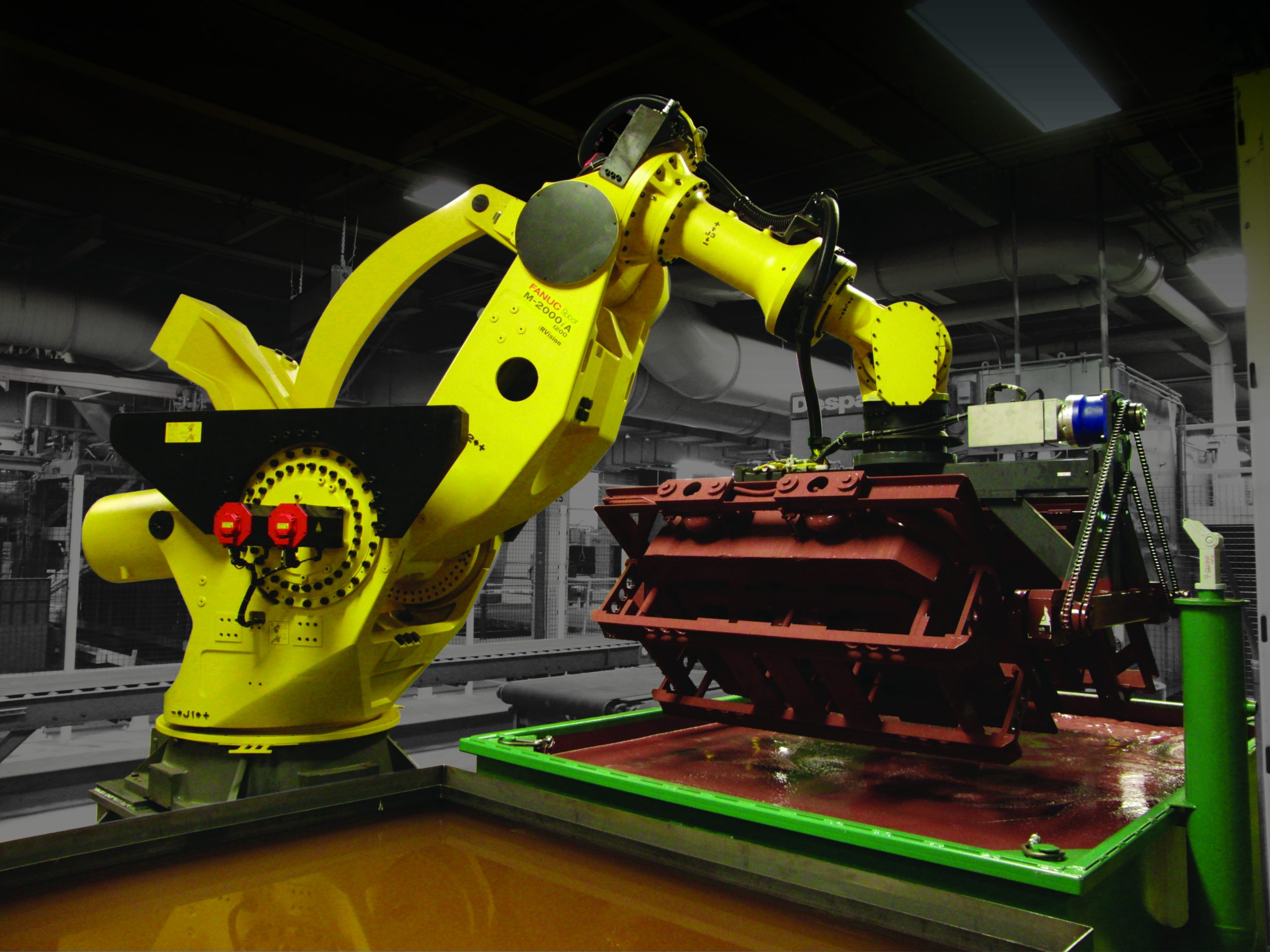Industrial robots and robotics are key innovations and efficiency drivers in the rapidly evolving manufacturing landscape. The integration of industrial robots into manufacturing processes has revolutionized the field, offering many benefits for businesses looking to improve efficiency, quality, and competitiveness. Manufacturing robots will play a greater influence on the future of manufacturing as the demand for solutions that automate production increases.
Manufacturing robots (also called industrial robotics) are special machines designed for various purposes in an industrial setting. They can be used for welding, painting, and picking and putting, packaging and much more. Industrial robotics, the field of study and application of these robotics, focuses on maximizing the efficiency and accuracy of manufacturing processes.

Automated Solutions Australia is one of the companies at the forefront. They specialize in industrial robot systems that offer flexible automation to manufacturing customers. The industrial robots ASA offers help to clients gain an advantage in the market by increasing efficiency and quality. ASA industrial robotics are highly sought-after by firms across a variety of industries like pharmaceuticals, electronics, and automotive.
The advantages of using industrial robots in manufacturing have many facets. The improvement of efficiency and productivity is among the biggest advantages. Industrial robots are capable of performing repetitive tasks with precision and consistency, leading to greater output rates and lower cycle times. This improves overall productivity but also allows businesses to meet ever-growing consumer needs with ease.
Industrial robots also help in greater quality control during manufacturing processes. In order to complete tasks with precision and resiliency, they limit the error margin which results in better quality products. It also increases customer satisfaction, and enhances the credibility of a company that provides high-quality goods.
Industrial robots are not just efficient and high-quality, they also help save money. While the initial investment into manufacturing robots might seem huge but the benefits over time are substantial. Businesses are able to quickly pay back their investment by reducing their operational costs by streamlining production, and eliminating the need for human labor. Additionally, industrial robots work around the clock making the most of resources and reducing production costs.
Another compelling advantage of industrial robots can be their impact on workplace environments. These robots are designed to produce low noise levels, creating a quieter and more comfortable workplace for employees. Their precision and speed also make for a safer work environment in reducing the dangers of accidents and injuries that can be caused by manual work.
The integration of industrial robotics also plays a crucial role in job creation and the future of work. Although there could be some concerns regarding automation’s impact on human workers however, the reality is that industrial robots open up new avenues for employment. These include positions in robotic programming, maintenance and oversight and roles that help support robot-driven manufacturing.
The manufacturing industry is continuing to embrace the potential of industrial robots. Businesses across various sectors are gaining the benefits of this transformative technology. Industrial robotics, along with the capability to improve effectiveness, efficiency, and quality is reshaping how manufacturing processes are conducted.
Conclusion: The advent of industrial robotics and manufacturing robots is revolutionizing the manufacturing industry. The fusion of these technologies allows businesses to achieve new levels in efficiency accuracy, precision, competitiveness and efficiency. Industrial robots are expected to play a major part in ensuring that the need for automation increases. They are able to in shaping the future of manufacturing and propel innovation.